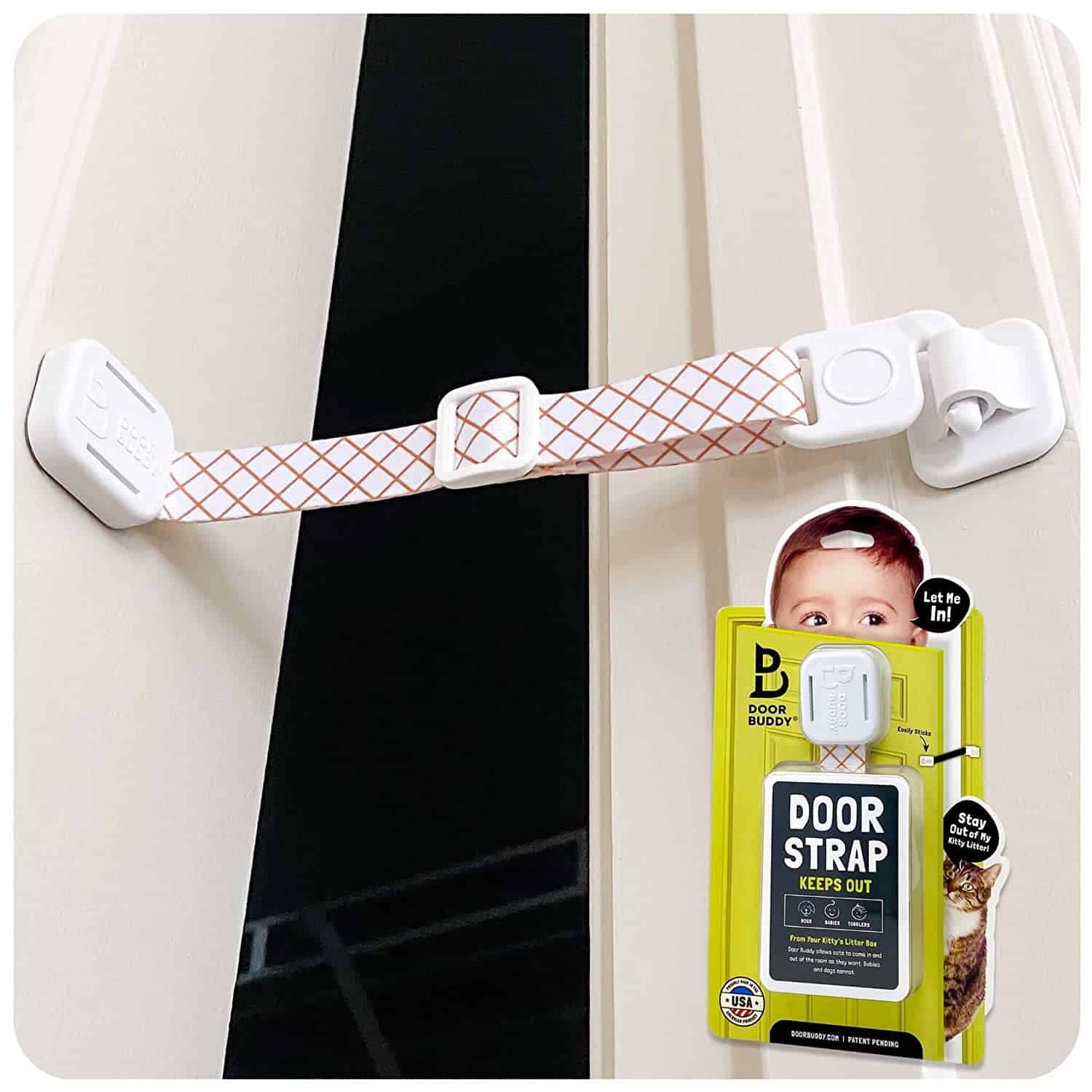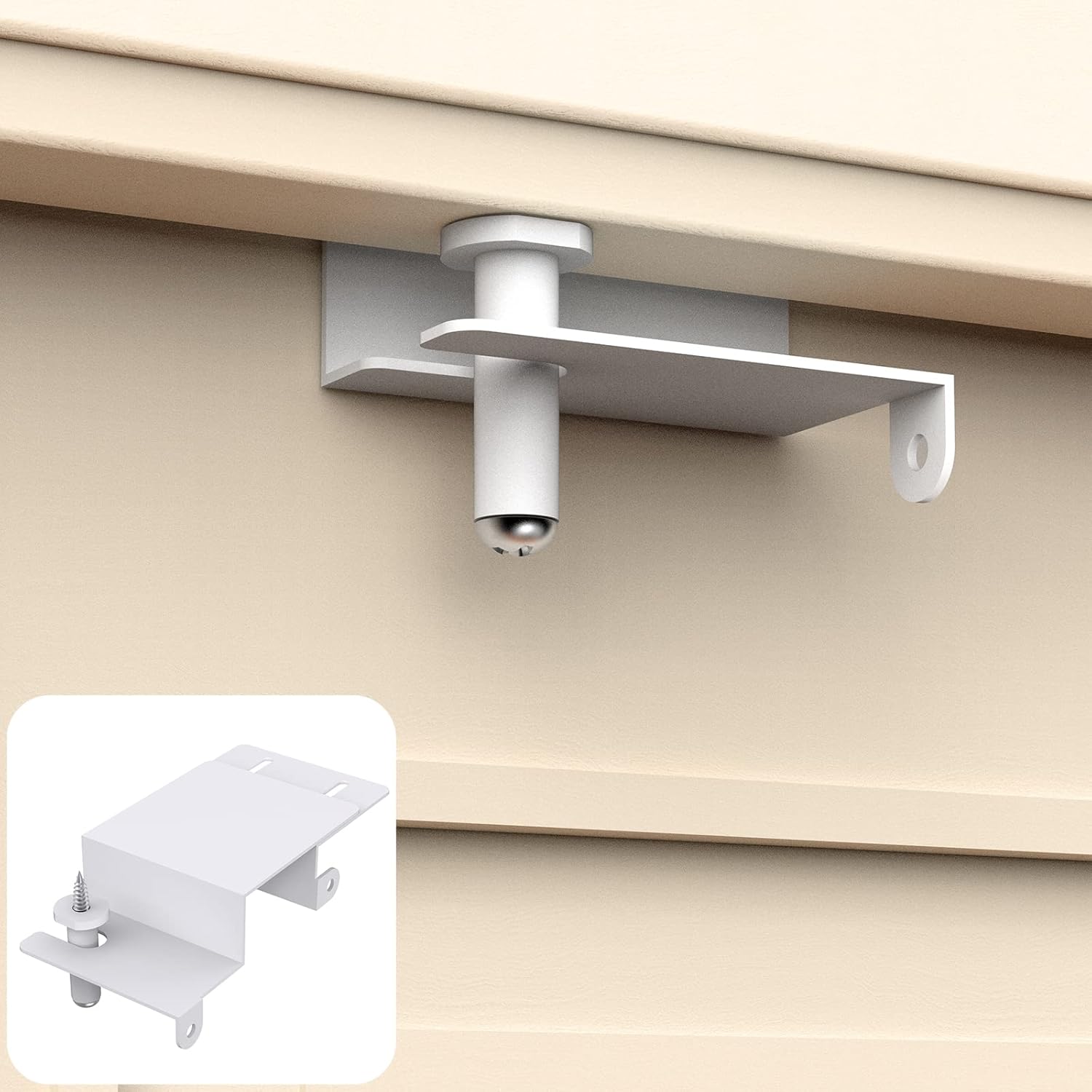Safety and Security Concerns

While providing children with a sense of privacy and independence is important, locking bedroom doors can pose serious safety and security risks. It’s crucial to have open communication with children about these risks and to ensure their safety.
Accidental Entrapment
Children may lock themselves in their rooms unintentionally, perhaps while playing or in a moment of frustration. This can lead to accidental entrapment, especially if they lack the physical ability to unlock the door or call for help. In such situations, a child may be unable to escape a dangerous situation, such as a fire or a medical emergency.
Fire Hazards
Locked bedroom doors can significantly hinder escape routes in case of a fire. In a fire emergency, every second counts. A locked door can prevent a child from quickly exiting the room and reaching safety, potentially leading to serious injury or even death.
Potential for Self-Harm
While it’s important to acknowledge that locking a door may be a temporary coping mechanism for children dealing with emotional distress, it can also escalate the situation. In a moment of emotional turmoil, a child might lock themselves in their room and engage in self-harm. This underscores the importance of addressing underlying emotional issues and providing children with healthy coping mechanisms.
Importance of Open Communication and Trust, Locks on children’s bedroom doors
Open communication and trust between parents and children are essential to address safety concerns related to locked bedroom doors. Parents should explain the potential dangers of locking themselves in their rooms and emphasize the importance of keeping communication channels open. Children should feel comfortable approaching their parents with any concerns or needs, regardless of the situation.
Examples of Situations Where Locked Bedroom Doors Pose Risks
- Fire Emergency: If a fire breaks out, a locked bedroom door can prevent a child from escaping quickly and reaching safety, potentially leading to serious injury or even death.
- Medical Emergency: In a medical emergency, a locked bedroom door can delay access to a child who may be unconscious or unable to unlock the door themselves.
- Accidental Entrapment: A child might lock themselves in their room unintentionally while playing or in a moment of frustration, potentially leading to accidental entrapment and difficulty calling for help.
Practical Solutions to Mitigate Risks
- Install a Door Knob Cover: This prevents a child from locking the door from the inside while still allowing them to open the door from the outside.
- Use a Magnetic Door Catch: These catches keep the door ajar but can be easily closed by a child if needed.
- Install a Deadbolt Lock: This type of lock can be used to secure the door from the outside, but it should be kept unlocked from the inside, allowing the child to open the door easily.
- Establish Clear Rules and Expectations: Parents should have clear rules and expectations regarding locking bedroom doors and communicate these rules to their children.
- Encourage Open Communication: Parents should encourage open communication with their children about any concerns they have, including the potential dangers of locking themselves in their rooms.
Child Development and Privacy: Locks On Children’s Bedroom Doors

A child’s desire to lock their bedroom door is a natural part of their development, reflecting their growing need for independence, privacy, and personal space. Understanding the psychological implications of this behavior, along with the importance of respecting their boundaries, is crucial for parents navigating this stage.
The Importance of Privacy
As children grow, their need for privacy increases, a fundamental aspect of healthy emotional development. A locked bedroom door can symbolize a sense of control and autonomy, providing a safe haven where they can express themselves freely, engage in personal activities, and develop their sense of self.
Privacy is essential for a child’s healthy emotional development, allowing them to explore their identity, regulate their emotions, and develop a sense of self.
Age and Developmental Stage
The desire for privacy often manifests differently depending on a child’s age and developmental stage. Younger children may simply want a space to play or be alone for a short time, while older children may seek more privacy for activities like studying, socializing, or expressing themselves creatively. It’s important to recognize these evolving needs and adjust accordingly.
Strategies for Addressing Privacy Concerns
While respecting a child’s desire for privacy is crucial, it’s equally important to ensure their safety. Parents can address this by establishing clear rules and boundaries regarding door locks:
- Age-Appropriate Rules: Establish rules regarding door locking based on the child’s age and maturity level. Younger children may be allowed to lock their doors for a short time, while older children may have more freedom.
- Open Communication: Encourage open communication with your child about their need for privacy and their feelings about locking their door. Listen to their concerns and try to understand their perspective.
- Establish Boundaries: Set clear boundaries regarding door locking, ensuring that doors are unlocked when requested, particularly in emergencies. Explain the importance of these rules for their safety and well-being.
- Alternatives to Locking: Offer alternative solutions to meet their need for privacy, such as a designated private space in their room or a “Do Not Disturb” sign for their door.
Alternative Solutions and Strategies

While locks on children’s bedroom doors might seem like a simple solution for privacy, they pose safety concerns. Instead of resorting to locks, parents can explore alternative strategies that promote a sense of independence and privacy for their children while maintaining a safe and secure environment.
Alternative Solutions for Privacy
Offering children alternative ways to express their need for privacy can be beneficial. These solutions cater to their desire for personal space without compromising safety.
- Door Stoppers: A simple door stopper can prevent the door from closing completely, allowing for a sense of privacy while still allowing parents to easily check on their child.
- Privacy Curtains: Installing privacy curtains or blinds on bedroom windows can provide a sense of seclusion for children who want to engage in activities without being seen.
- Designated “Quiet Time” Areas: Creating a designated “quiet time” area within the bedroom, such as a corner with a comfortable chair or beanbag, can offer children a space to relax and unwind without needing to close the door.
Creating a Safe and Comfortable Environment
A safe and comfortable environment is crucial for children to feel secure and independent. Parents can implement these strategies to foster a sense of privacy and autonomy:
- Open Communication: Encourage open communication about privacy needs. Listen attentively to your child’s concerns and work together to find solutions that address their needs.
- Respectful Boundaries: Teach your child about respecting personal boundaries. Explain that while they have the right to privacy, it’s important to be mindful of others’ needs as well.
- Clear Expectations: Establish clear expectations regarding privacy and safety. Explain that while they have their own space, parents have the right to check on them periodically.
Comparing Solutions
| Solution | Pros | Cons | Cost | Effectiveness | Ease of Implementation |
|---|---|---|---|---|---|
| Door Stoppers | Simple, affordable, easily accessible | Limited privacy, not suitable for all situations | Low | Moderate | High |
| Privacy Curtains | Provides visual privacy, aesthetically pleasing | Can be expensive, may not provide complete soundproofing | Moderate | High | Moderate |
| Designated “Quiet Time” Areas | Creates a dedicated space for privacy, promotes self-regulation | May not be suitable for all children, requires space and organization | Low | Moderate | High |
